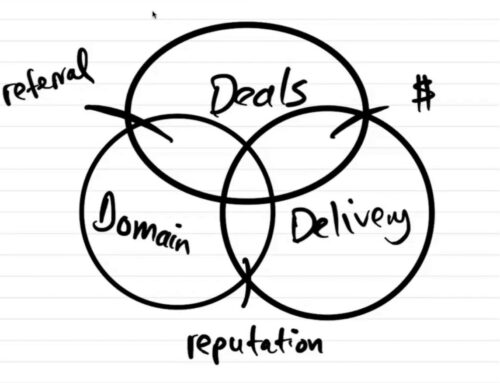Optimism and Longevity as a CTO in a Healthcare Tech, with Larry Heminger
What does it take to be successful and have longevity as a a CTO in healthcare tech today? In Larry Heminger’s case it takes optimism. Larry is the CTO of Sapiens Data Science, a company committed to increasing people’s life span through healthcare tech breakthroughs.
On today’s CTO Studio, we talk about how and why Larry joined the team at Sapiens, why he’s attracted to companies that are making a difference in people’s lives and what his Design for Success approach is all about. Join us for this illuminating discussion on today’s CTO Studio.
In this episode, you’ll hear:
- Why doesn’t he see himself retiring – ever?
- How many years does it take for a medical breakthrough to make it to family physicians?
- As CTO, how to make decisions that stand the test of scale
- What is his Design for Success methodology?
- What is the Snowflake Computing approach, and why did Larry choose them?
- And so much more!
Larry is the CTO of Sapiens Data Science. Our very first topic is a dive into his journey of becoming their CTO. Larry tells us about his interesting ride; he had been working with ecoATM Gazelle for about 7.5 years and had been apart of their organization from their ealy start-up days.
Larry experienced a full 360 degree business cycle with ecoATM, going public through acquisition and then back to being a private company again. The work they did (and still do today) was in the field of automated retail: recycling of cell phones. Even though the work was amazing, he felt it was time to look for something new and different after his 7+ years with them. He wanted to do work that was meaningful and of benefit to everyone.
Using his experience with a previous healthcare start-up, Larry found a few new opportunities in San Diego that were health tech related. Sapiens specifically interested him because of their CEO, Brad Perkins. And Larry became even more enthusiastic after meeting with Brad, hearing of Brad’s passion and learning of their mission – Sapiens is in the business of adding more birthdays to people’s lives. They help people live longer through the burgeoning fields of genomics and data science.
Next I asked him to describe his mindset coming from ecoATM, a company that was retail-focused, and then going into the health tech space with Sapiens.
Larry says there are many similarities and of course some differences. For him the key was and is feeling like he is doing something good. Like most of us, Larry spends so much time at work that he wants to feel like he’s having an impact on people’s lives. For him it is not just about paycheck, it’s more the opportunity to help build a new, amazing company.
He goes on to say he believes healthcare will look very different in 10 years. One area in particular is the speed at which information becomes available to physicians, he says this will be sped up exponentially. Instead of taking almost two decades for your family physician to find out about medical breakthroughs, it will happen much, much faster. Patients will also be empowered with their own data and information.
My next question for him was where does Sapiens hit roadblocks with regulations and stereotypes? Those are definitely challenges they face as any healthcare company is going to be challenged with regulations, data privacy and security. Those aspects are all very important to the success of a healthcare company in tech and outside of tech.
Larry explains the basic strategy, something he calls design for success which applies to start ups as well as larger companies. It goes like this:
If you assume your company will be successful, and you draw out the architecture of your company with that success in mind, then what does your company look like a couple of years from now? If the business grows the way you think it will, then what compliance issues do you have to deal with? Those issues could include things like privacy, data security, FDA, etc.
Every day his job as a CTO is to make decisions about things like that, to work with the development team and technology partners. In Sapiens’ case, they choose technology partners to satisfy both security and scale requirements. It doesn’t always cost more, but it may require a bit more design time in terms of thinking it out when choosing architectures, cloud, databases, development languages and every other decision you make when you are building your tech stack.
He asks himself questions like what does this look like three years from now? What does business success look like? What issues will we have? What security compliance do we need to satisfy? What sort of auditing will we need? He keeps those thoughts in mind as he is making decisions. In essence what he is saying is this: be optimistic, set aggressive goals, assume there will be scale and success, and don’t limit yourself in the present.
One of the promises he made to his CEO is to not do something quick and dirty, something he will have to throw away that will cost a million dollars to rebuild later on. Larry tells us he has experienced this firsthand, something he doesn’t want to go through again.
We dig into this topic more including why this approach is about selecting technologies that can scale in terms of capacity and cost. We also talk about why he went with Snowflake Computing and how their approach differs from other data storage and warehouse providers. Hear those discussions plus his tips for managing near-shore resources and how their data modeling actually works on today’s CTO Studio.
Episode Resources:
Share This Story, Choose Your Platform!
Related Podcasts




